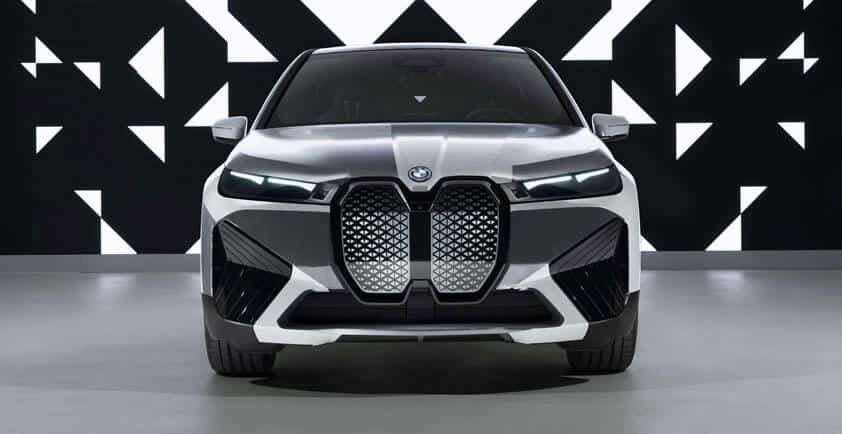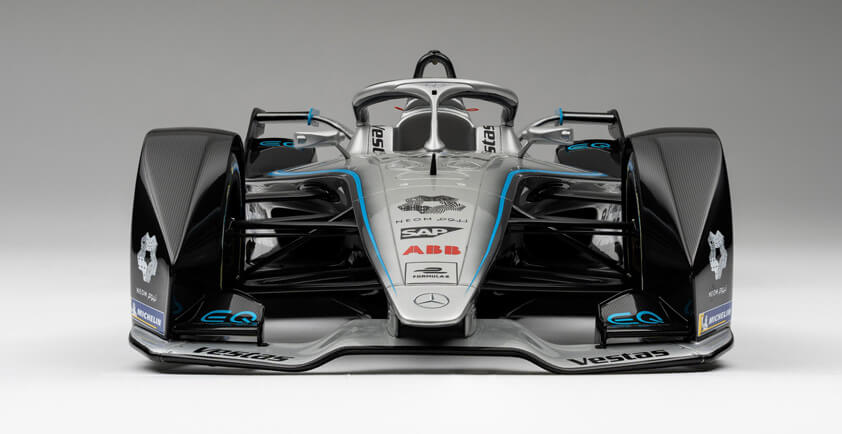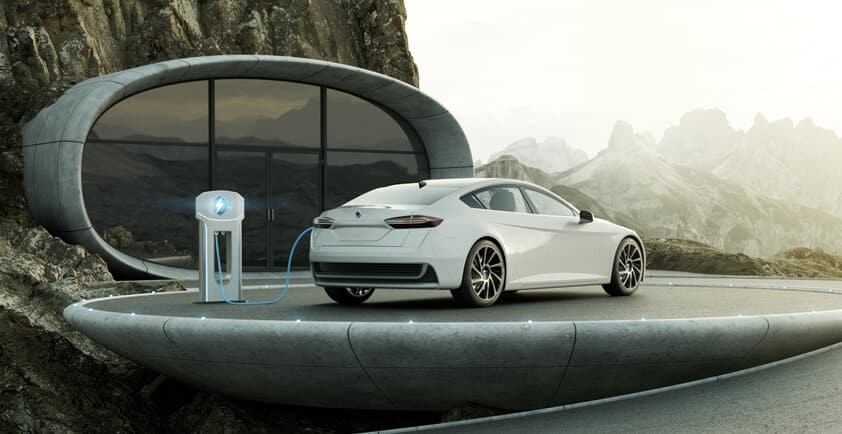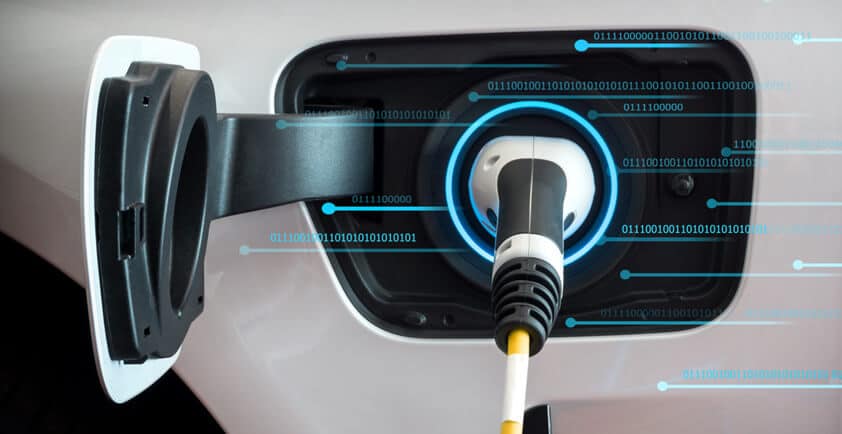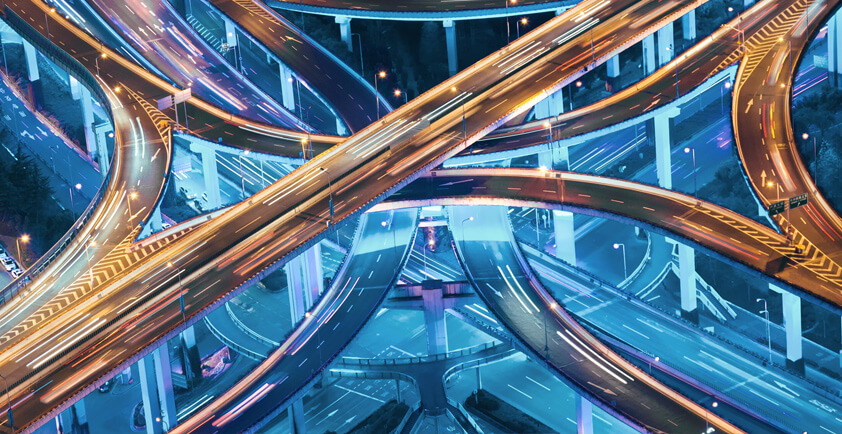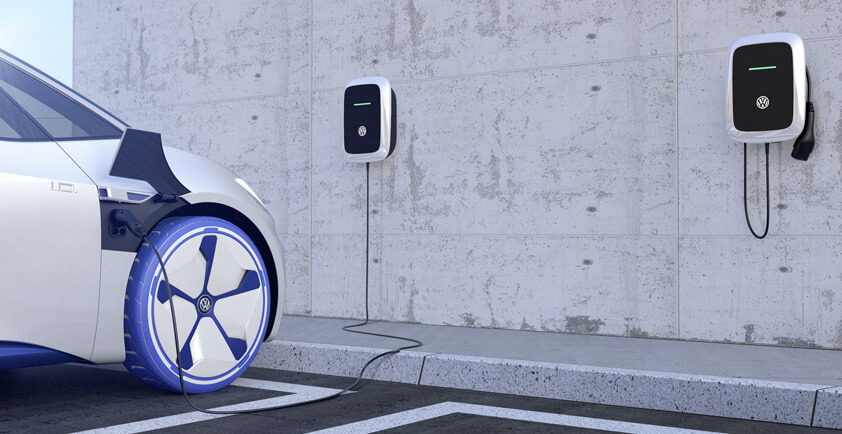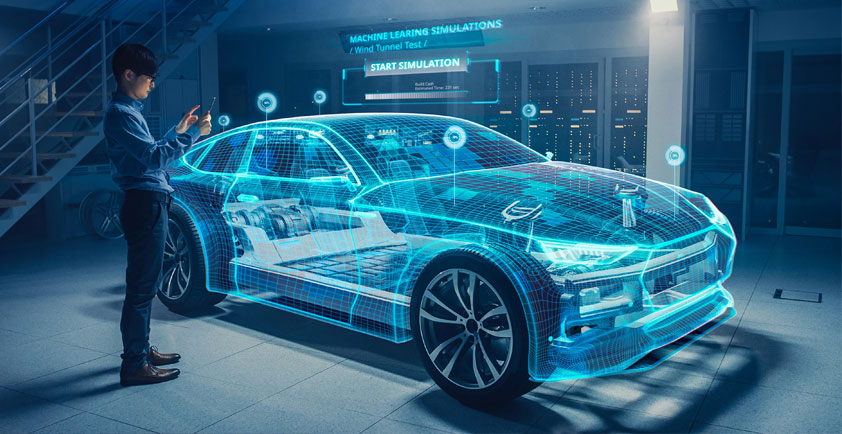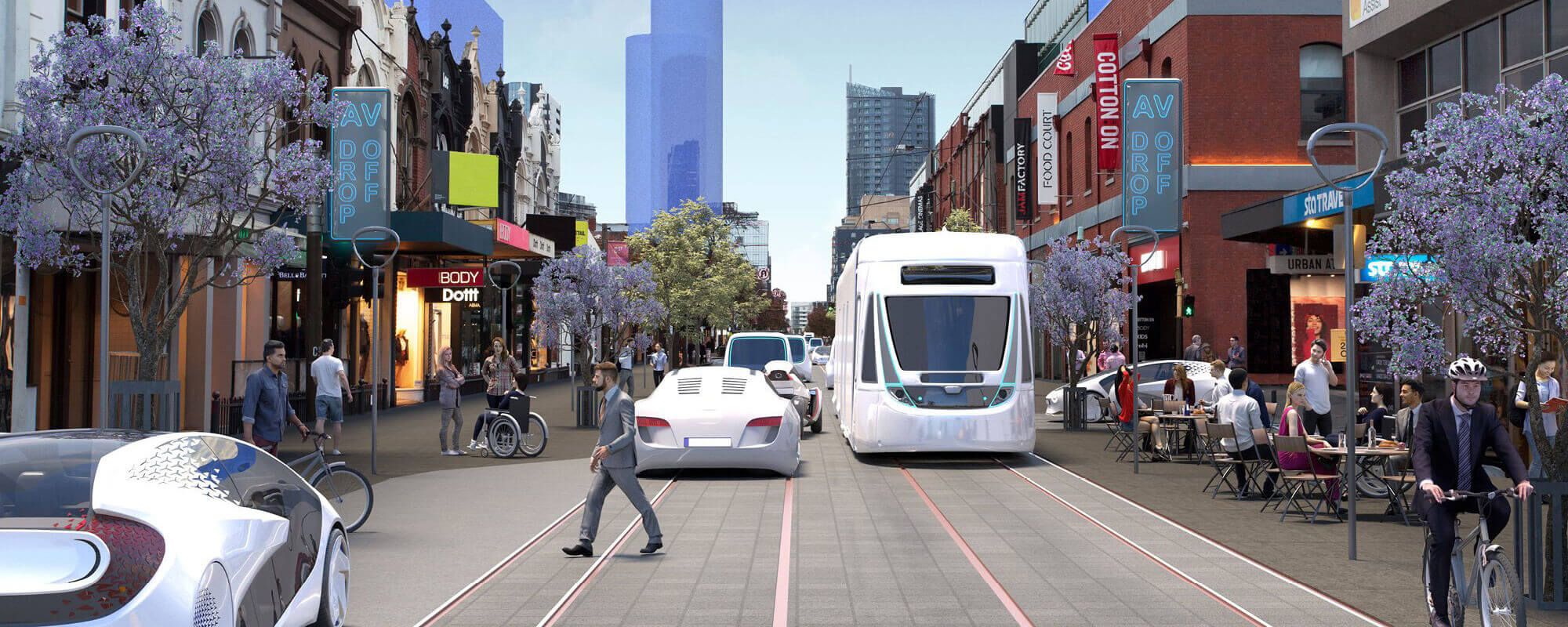
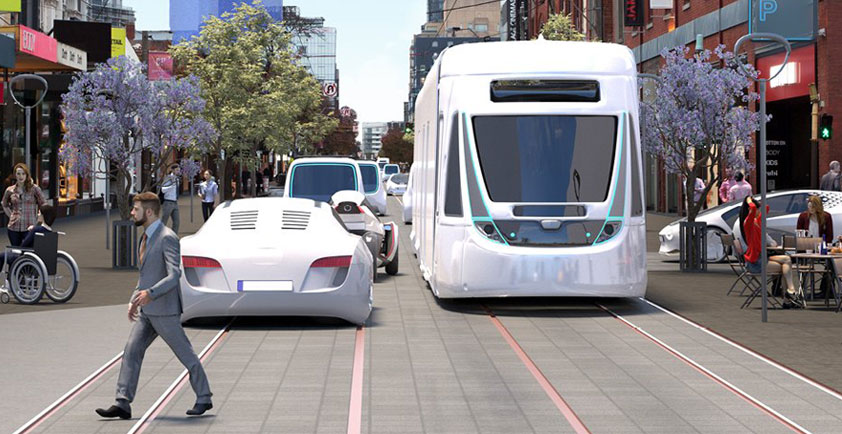
MOBILITY FOR A GRIDLOCKED WORLD
SAP is bringing its development community together with mobility players to find solutions for traffic congestion in today’s cities. Mobility as a Service (MaaS) has a promising future, but it can only succeed if local partners collaborate.
Been stuck in traffic lately? If not, consider yourself lucky, because the rest of us are near gridlock. According to the TomTom Traffic Index, city drivers on average could listen to an entire audio book each week while waiting in traffic.
And things are not improving: A study prepared by the Amsterdam-based GPS company shows nearly 75 percent of the 403 cities in 56 countries monitored from 2017 through 2018 showed increasing or at best stable congestion levels. Additionally, the proportion of people living in cities is expected to grow to 60 percent by 2030, exacerbating the problem.
What can be done about it? Many cities are looking for mobility solutions that will help them retain their attraction as places to live and give their citizens more time for the things they’d rather be doing.
Transforming mobility is also key to achieving several United Nations Sustainable Development Goals (UN SDGs), regarding urbanization, energy consumption, climate change, and health.
Mobility as a Service
To relieve congestion and make cities more livable, much of the focus by urban planners is on reducing the number of single occupancy vehicles on the road. Planners want to make ride sharing and alternative forms of transportation — including trains, buses, trams, and bicycles — more attractive. But it is a complex undertaking and every city is a little different.
Enter MaaS, a new approach to organizing and orchestrating mobility for citizens integrating various forms of transport into a single service accessible to travelers on demand. The goal is to create a convenient, seamless, and sustainable journey so travelers have an experience they want to repeat.
"Cities are messy, and certainly in Western European cities are old, and there are legacy issues that have grown organically," says Smart Dublin Lead Alan Murphy, who is coordinating Dublin’s MaaS concept. The topic is timely for Dublin as the city faces formidable traffic challenges. The TomTom Traffic Index survey estimates that Dublin is one of the most congested cities in Europe and the 17th most congested in the world.
"We need to look at alternative modes of transportation to get people out of their cars," he says. So Dublin is engaging with a host of MaaS partners, including mobility providers, smart technology providers, researchers, and citizens.
"If you want to make an impact on changing how a city runs in the mobility space, you have to interact and open up doors to multiple stakeholders," Murphy explains. "We are therefore working in conjunction with the big public transport operators, but we also see a role for new mobility providers such as shared bicycles, shared scooters, shuttle busses, car sharing, carpooling, and others."
SAP devX Challenge
Murphy is visiting other cities to see what concepts can be applied to Dublin. He recently joined the SAP devX challenge in Dublin and Berlin. The challenge is held at selected software development centers across Europe to help SAP’s development community engage with city officials, local mobility partners, and startups on new solutions around Mobility as a Service.
SAP has experts in the technologies available to build the next generation of smart cities, which include artificial intelligence (AI), machine learning, the Internet of Things (IoT), analytics, and experience management (XM).
"Our goal is to provide real-world learning experiences that empower employees to make our customers intelligent enterprises in a hands-on, learning-by-doing experience," says Cameron Rouse, SAP devX challenge lead. "The SAP devX challenge embraces the philosophy that our employees need to remain agile, curious, and equipped to develop world-changing products."
Employees apply the design sprint methodology to rapidly build and test viable protypes. They are then judged by a jury of local mobility experts.
"It’s a winning combination, because employees are motivated to improve their innovation and entrepreneurship skills while addressing problems that impact their local communities and the world at large," Rouse says.
MaaS Harnesses the Power of Mobility Data
Building an MaaS platform that integrates numerous mobility partners is complex, but travelers should not notice the complexity. Cities therefore need a competent technology partner that can integrate across infrastructure, data layers, and ticketing and billing systems.
"This type of orchestration requires an intelligent and adaptive MaaS platform," says Edina Sewell from the Future Cities, Global Public Sector at SAP.
The magic of integrated MaaS is that it makes it possible for cities to analyze the operational data and experience data to optimize travel for commuters, citizens and visitors. According to Sewell, SAP can provide intelligent solutions that, for example, apply machine learning to optimize travel in real time, adapting to traffic conditions and delays.
"We can ensure that service providers can deliver seamless mobility services 24/7 without interruptions by combining intelligent asset management with predictive maintenance," Sewell says. These capabilities are key to
bringing together quality of life and economic prosperity to help cities reach their greatest potential.
Making Berlin a Smart City
Beate Albert, head of the Smart City Unit at the Berlin Partner public/private network, understands the mobility challenges Berlin is facing. Berlin’s population and tourism are growing every year. "This is having a huge impact on mobility," says Albert. "We need more services, but we also to keep the traffic in check to keep the city livable."
Delivering the last mile for citizens to reach their destination is key to keeping cars from clogging inner-city streets and impacting air quality. Albert is convinced this can only be achieved using intelligent mobility solutions.
"SAP is a great partner because [it is] developing great solutions not only for cities but also for people," he says. "Our motivation to participate in the SAP devX challenge is to get new ideas for our city, and if they are brilliant ideas then we want to implement them."
Author: Paul Baur - Innovation & Technology, Global Corporate Affairs, SAP.
